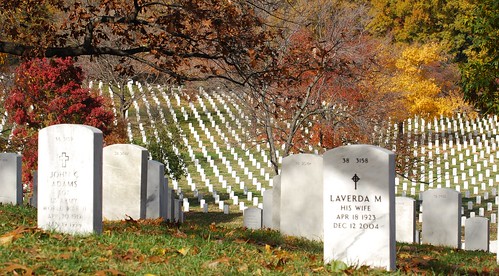Due to an overwhelming response, Dr. Reiser's lecture has been moved to NLM's Lister Hill Auditorium. All other details of the talk remain the same.
NATIONAL LIBRARY OF MEDICINE,
History of Medicine Division Seminar
Tuesday, September 23, 2008, 2-3:30pm
Lister Hill Auditorium, Bldg 38A, NLM
Bethesda, MD
"Universal Health Insurance Provided by Government: Explaining Historically Why America Has Resisted This Concept."
Stanley Reiser, MD, PhD, George Washington University
Since the founding of the United States, political and social values and events have exerted a telling influence on the structure of its health system and the division of responsibility for providing the resources to access its care. Lack of understanding the nature and significance of these developments has been a continuing source of the failure of proposals to enlarge the entitlement of Americans to health care, introduced in the 20th century and up to now. This presentation considers this history and the lessons it carries for us today.
All are Welcome
Sign language interpretation is provided. Individuals with disabilities who need reasonable accommodation to participate may contact Stephen Greenberg at (301-435-4995), e-mail greenbes@mail.nih.gov, or the Federal Relay (1-800-877-8339).
Due to current security measures at NIH, off-campus visitors are advised to consult the NLM Visitors and Security website:
http://www.nlm.nih.gov/about/visitor.html










